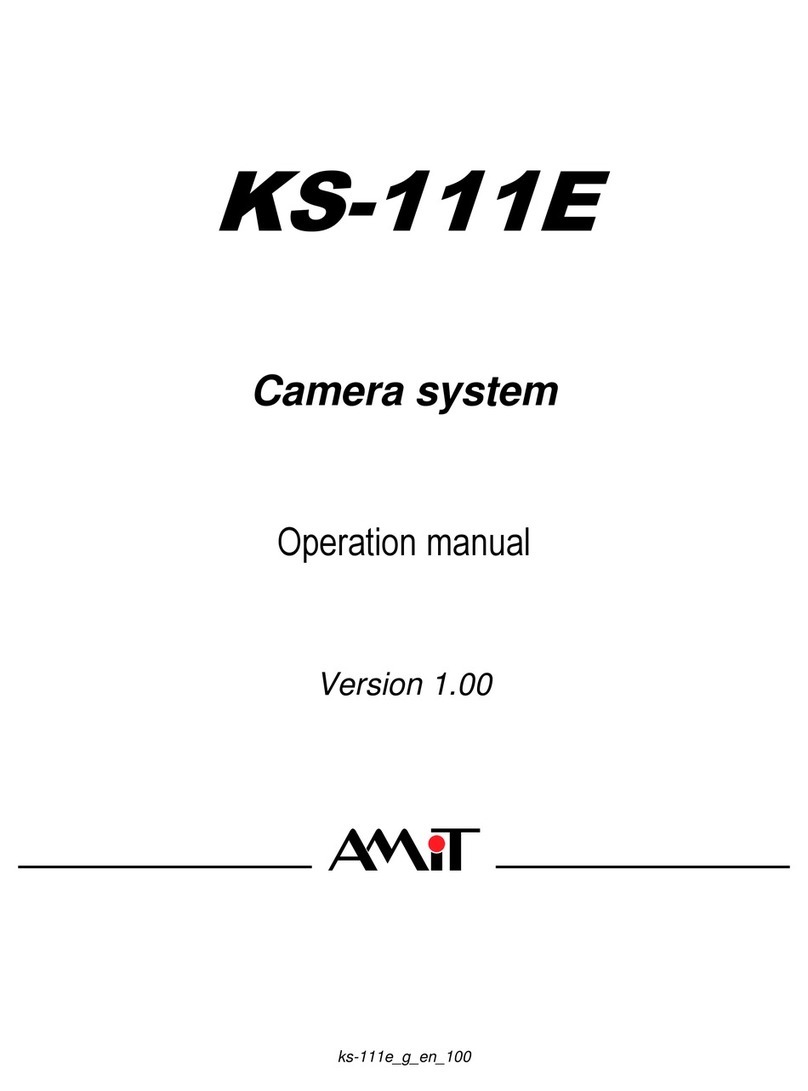KS-611M
3/53 ks-611m_mm_en_101
Contents History of revisions.........................................................................................5
Related documentation...................................................................................5
1. Definition of used terms......................................................................6
2. Introduction..........................................................................................7
3. Technical parameters..........................................................................8
3.1. System description.........................................................................................8
3.2. System functions............................................................................................8
3.3. System technical parameters.........................................................................8
3.4. Software.........................................................................................................9
3.5. IP monitor displaying states............................................................................9
4. System commissioning.....................................................................10
4.1. IP monitors commissioning...........................................................................10
4.1.1 IP address setup ..........................................................................................10
4.1.2 Loading of actual version of application........................................................14
Connecting to monitor’s FTP server .............................................................15
Deleting of previous application files ............................................................17
Copying of new application files ...................................................................17
Camera system restart.................................................................................18
Verifying version of loaded application.........................................................18
4.2. Cameras commissioning..............................................................................19
4.2.1 Camera identification....................................................................................19
Connecting camera to Ethernet....................................................................19
Searching attached camera through ACM....................................................19
4.2.2 Firmware update...........................................................................................21
4.2.3 Loading configuration template ....................................................................23
4.2.4 Camera lens setup (positioning and focusing)..............................................26
Viewing image from camera on service notebook........................................27
Taking off the camera cover.........................................................................28
Camera lens position setup..........................................................................29
Focusing the camera lens ............................................................................29
Deleting camera from ACM database...........................................................30
4.3. Recording unit commissioning......................................................................30
4.3.1 Power supply connector wiring check...........................................................31
4.3.2 Loading of actual version of OS ...................................................................31
4.3.3 IP address setup ..........................................................................................32
4.3.4 Loading of actual version of application........................................................34
Connecting to recording unit FTP server......................................................34
Deleting of previous application files ............................................................36
Copying of new application files ...................................................................37
Restart the recording unit .............................................................................38
Verifying version of loaded application.........................................................38
4.3.5 Recording unit storage format......................................................................38
5. APPENDIX A –Location of components.........................................41
6. APPENDIX B –Scenes ......................................................................42




























